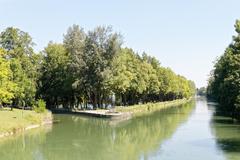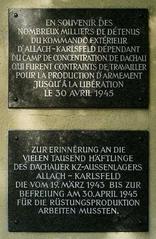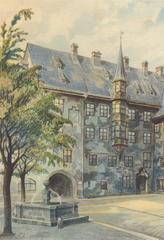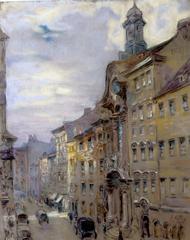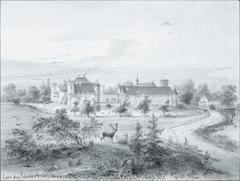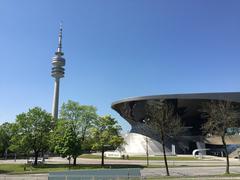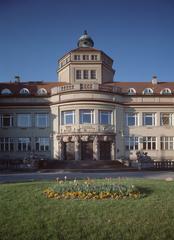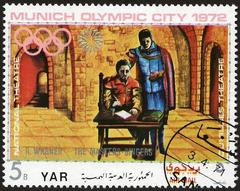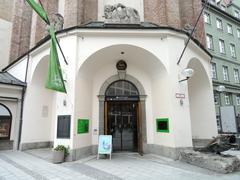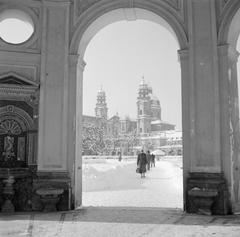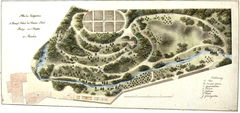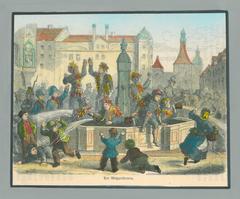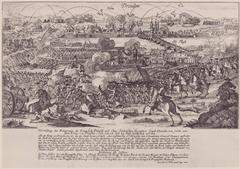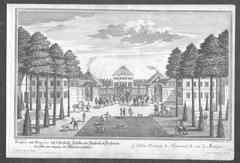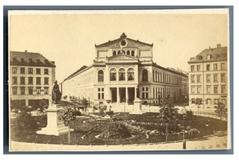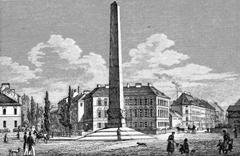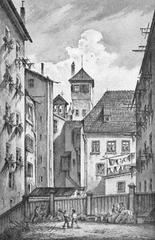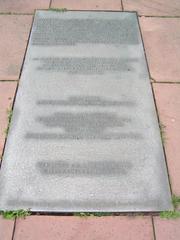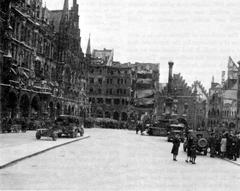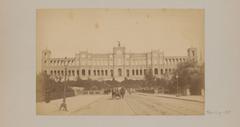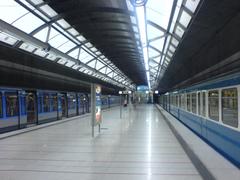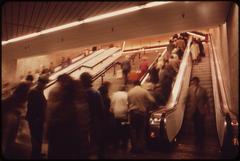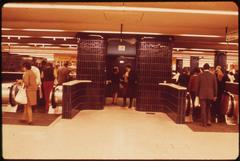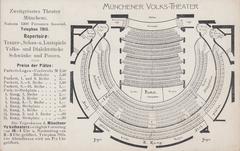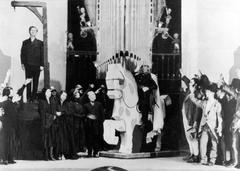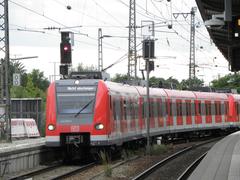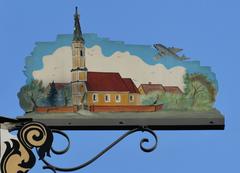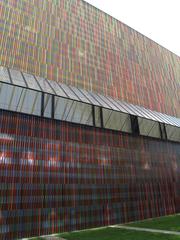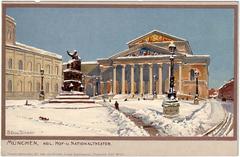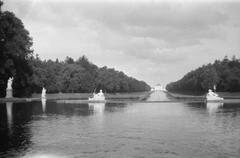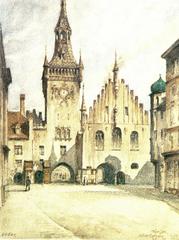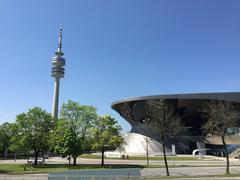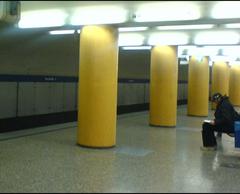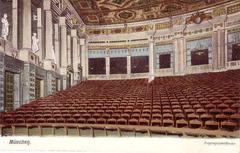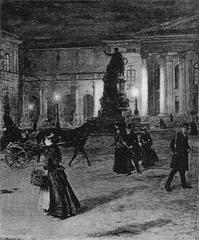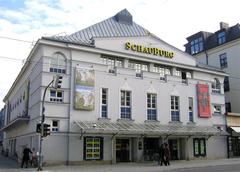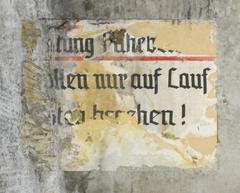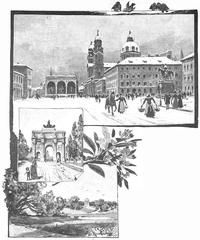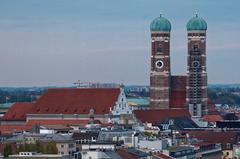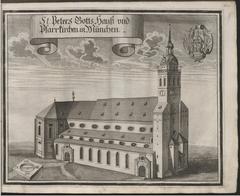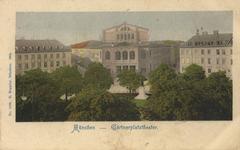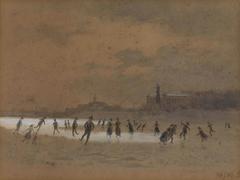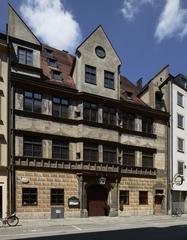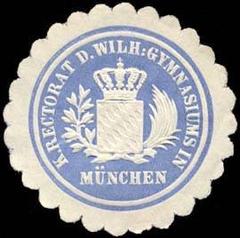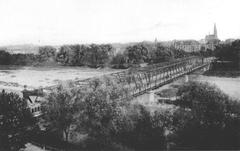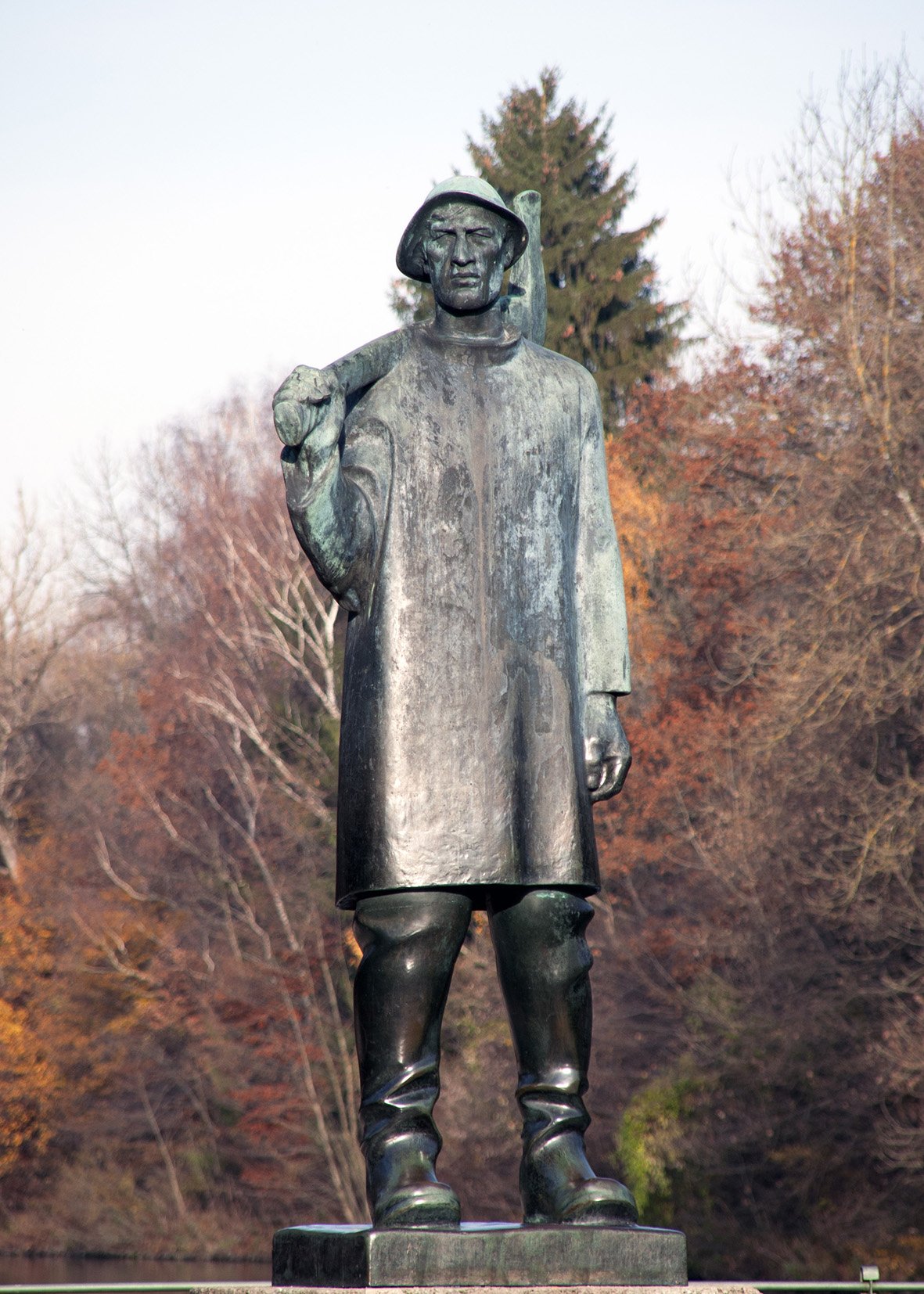
Comprehensive Guide to Visiting Der Isarflößer, Munich, Germany
Date: 01/08/2024
Introduction
Munich, Germany, renowned for its rich history and vibrant culture, offers numerous unique experiences for visitors, one of which is the exhilarating tradition of rafting on the Isar River, known as Isarflößerei. This practice dates back to the 13th century, initially serving as a means for transporting goods like lumber and building materials from the mountainous regions to the developing cities downstream. Over centuries, Isarflößerei evolved from a critical economic activity into a celebrated cultural tradition, and today, it stands as a popular tourist attraction that combines adventure, scenic beauty, and historical insights (source).
The rafting experience is not just about the thrill; it also offers a deep dive into the historical and cultural fabric of Munich. The historical significance of Der Isarflößer is encapsulated by the striking bronze sculpture created by Fritz Koelle between 1938 and 1939. This monument, located where the rafting canal diverges from the Isar-Werkkanal, commemorates the city’s long-standing reliance on rafting for economic development and cultural identity (source).
Today, visitors can embark on raft trips along the Isar River, covering approximately 24 kilometers from Wolfratshausen-Weidach to central Munich. These trips, available from early May to mid-September, offer not only an adventurous journey but also a scenic and educational experience, with the most picturesque section being the 2.5 km stretch near Baierbrunn (source). This guide aims to provide comprehensive visitor information, historical context, travel tips, and insights into the cultural significance of Isarflößerei, ensuring a memorable and enriching visit to Der Isarflößer.
Table of Contents
- Introduction
- Historical Significance of Der Isarflößer
- Modern-Day Rafting
- Visitor Experience
- FAQ
- Conclusion
Historical Significance of Der Isarflößer
Origins and Early History
The practice of rafting on the Isar River dates back to the 13th century. The earliest documented evidence of rafting on the Isar comes from 1310/12 (source). Initially, the primary purpose of rafting was the transportation of goods, including building materials such as lumber, stones, and lime, which were abundant in the mountainous uplands but scarce in the downstream gravel plains. These materials were essential for the construction and development of cities like Munich, Freising, and Landshut.
Economic Importance
Rafting played a crucial role in the economic development of the region. By the 14th century, the city of Munich had grown significantly, leading to increased traffic on the river. The Isar and its tributary, the Loisach, became vital transportation routes for goods and passengers. Important starting points for rafting included Mittenwald, Krün, Wallgau, Lenggries, and Tölz on the Isar, as well as Oberau, Eschenlohe, Kochel, Beuerberg, and Wolfratshausen on the Loisach (source).
Peak and Decline
The heyday of Isar rafting occurred between 1860 and 1870. For instance, in the accounting year 1864/65, over 10,000 rafts arrived in Munich (source). However, the advent of the railroad in the late 19th century led to a decline in the importance of rafting. The last long-distance transport on the Isar took place in 1904, when a large-format brewing kettle lid was rafted from Munich to Vienna (source).
Cultural and Religious Significance
Rafting on the Isar was not only an economic activity but also had cultural and religious significance. The raftsmen developed special traditions and customs, including raft pilgrimages. One notable pilgrimage was the annual Midsummer pilgrimage from Wolfratshausen to St. Maria Thalkirchen. Although this tradition was replaced by an annual mass at the Ortisei chapel after World War II, it was revived in 1990 and now takes place every five years as the Thalkirchner raft pilgrimage (source).
Modern-Day Rafting
Technological Innovations
To navigate the power plants along the route, the rafts are equipped with raft slides. The Mühltal power plant features the longest raft slide in Europe, measuring 345 meters with a gradient of 17 meters, allowing rafts to reach speeds of 42 km/h. Other notable slides include those at the Höllriegelskreuth and Pullach power plants, where rafts can achieve speeds of 20 km/h and 28 km/h, respectively (source).
Preservation and Education
Efforts to preserve the history and traditions of Isar rafting are evident in the activities of traditional rafting associations in Lenggries and Munich-Thalkirchen. Exhibitions on the history of rafting can be found in local museums in Bad Tölz and Wolfratshausen. These exhibitions provide valuable insights into the cultural heritage and historical significance of rafting on the Isar (source).
Visitor Experience
Visitor Information
- Visiting Hours: Rafting trips are available from early May to mid-September.
- Tickets: It is advisable to book tickets in advance, especially during peak tourist season.
- Route: The trip covers approximately 24 km from Wolfratshausen-Weidach to Munich.
- Highlights: The most scenic section is the 2.5 km stretch on the free-flowing Isar near Baierbrunn.
- Safety: Ensure to follow safety instructions provided by the rafting operators.
- Accessibility: Check with operators for specific accessibility needs.
Nearby Attractions and Travel Tips
- Nearby Attractions: Explore other historical sites in Munich such as Marienplatz, Nymphenburg Palace, and the Deutsches Museum.
- Special Events: Look out for special events and guided tours that provide deeper insights into the rafting tradition.
- Photographic Spots: Capture scenic views along the route, especially near the Georgenstein.
FAQ
Q: What is the best time to go rafting on the Isar? A: The best time is between early May and mid-September when the rafting trips are available.
Q: How long does a typical rafting trip take? A: The trip covers approximately 24 km and typically takes a few hours, depending on the conditions and stops along the way.
Q: Are there any safety measures in place? A: Yes, all rafting operators provide safety instructions and necessary equipment to ensure a safe experience.
Conclusion
Exploring Der Isarflößer and participating in an Isar River rafting trip offers a unique window into Munich’s historical and cultural heritage. From its origins in the 13th century as a vital economic activity to its transformation into a celebrated tourist attraction, Isarflößerei embodies the spirit of adventure and community. The modern-day rafting experience not only thrills with its scenic beauty and technical innovations but also educates visitors about the historical significance and cultural traditions associated with this age-old practice (source).
Visitors can enjoy a blend of natural beauty and cultural landmarks along the rafting route, making it a multifaceted experience. The preservation efforts by local associations and the presence of historical exhibitions in nearby museums ensure that the legacy of Isarflößerei is kept alive for future generations to appreciate. Whether you are an adventure seeker, a history enthusiast, or someone looking to immerse in Bavarian culture, rafting on the Isar River promises an unforgettable journey through time and nature (source).
For an enriching visit, take advantage of the comprehensive visitor information provided, plan your trip during the optimal rafting season, and explore the nearby attractions and events that enhance the overall experience. By understanding and appreciating the historical context and cultural significance of Der Isarflößer, you will gain a deeper connection to Munich and its storied past. Stay informed and connected through our mobile app Audiala and social media channels for more updates and travel tips related to Munich’s historical sites and activities.

